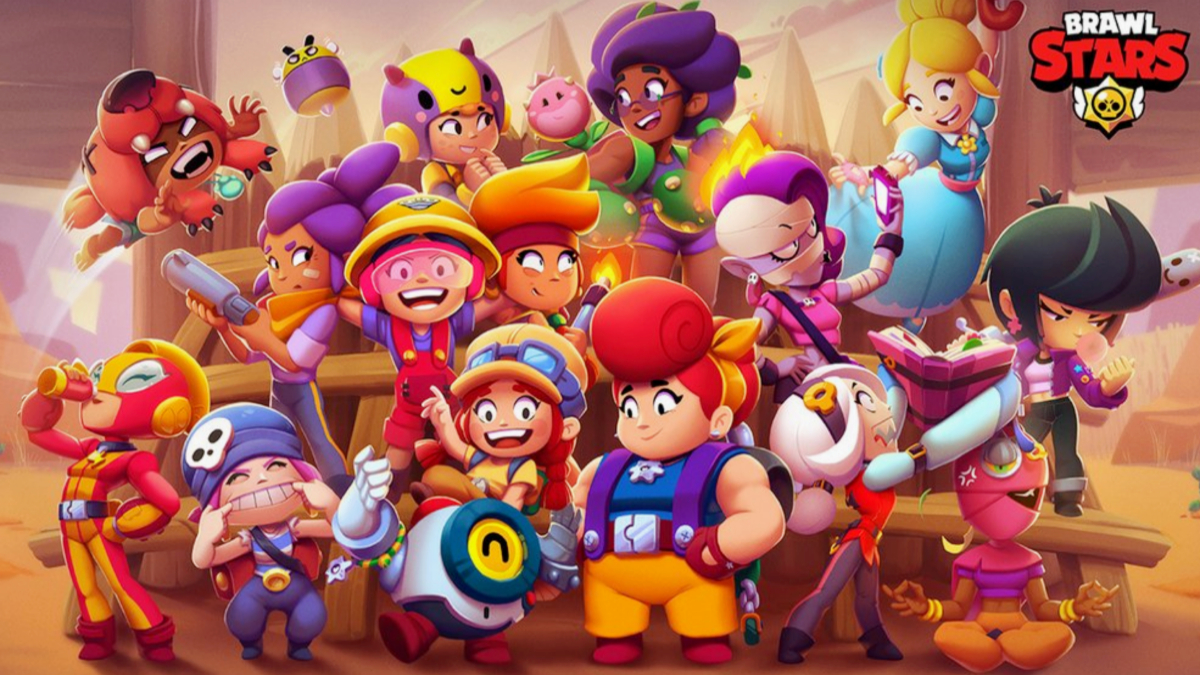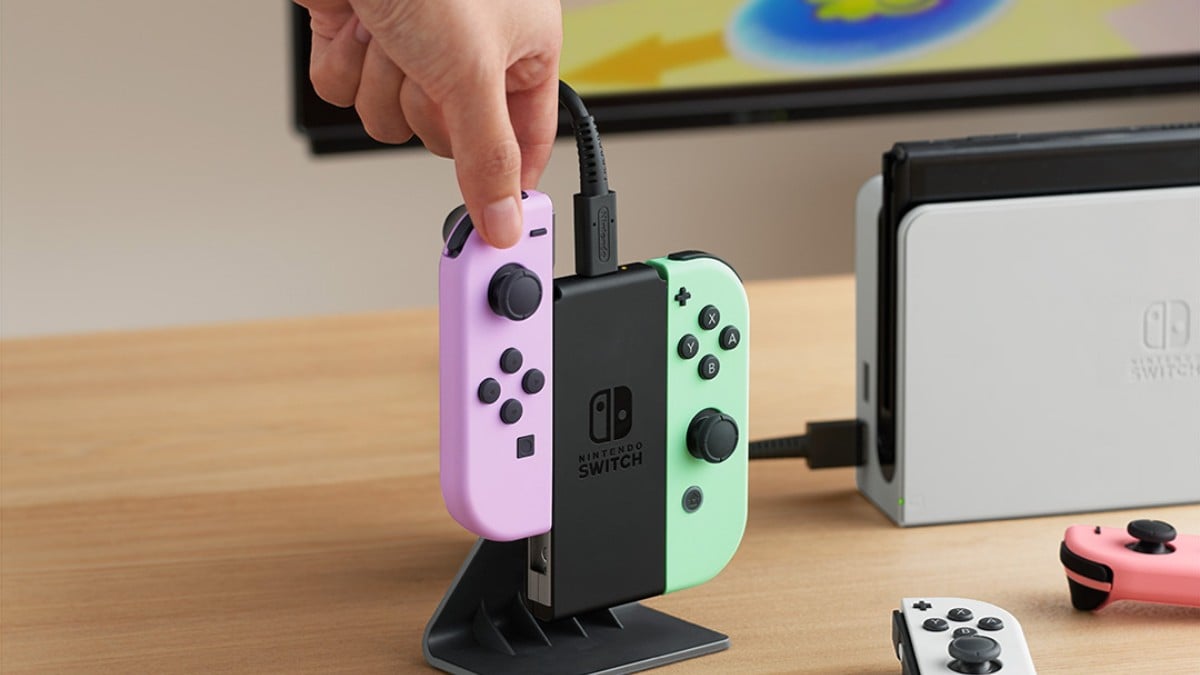Despite taking place immediately after it, Exit the Gungeon (XTG) is billed as a spin-off of Enter the Gungeon (ETG) rather than a sequel, due to its smaller scale. But it may be more accurate to call it a remix. Spin-offs in gaming usually involve familiar characters in totally different genres, but Exit the Gungeon demonstrates the rare practice of transplanting entire components of the original gameplay into an altered context. It’s something I wouldn’t mind seeing more of, because it eliminates a lot of the overhead from game development, allowing the creators to focus on the things that matter. Additionally, between this and Shovel Knight: Plague of Shadows, it’s clear that even stellar developers need more practice at it.
Exit the Gungeon’s major departure from its big brother is that, rather than an overhead view, events are seen and controlled from a side-scrolling perspective. While this works fine for the basics, it’s clear that the mechanics were not designed with this angle in mind. Jumping is the most obvious thorny area. Treating it as essentially a vertical dodge roll was an inspired idea because hopping around in a panic tends to be the instinctive response to clouds of bullets. However, this means shooting and jumping are mutually exclusive, and considering how a jump can prematurely end in a way that a dodge roll won’t, the maneuver is largely unreliable in combat. Additionally, allowing for variable jump height – a luxury in most games – merely adds another danger to focus on in a crowded game like this, making it more inconvenient than anything.

Thankfully, Enter the Gungeon is such an amazing foundation that Exit the Gungeon ends up being a ton of fun despite its ill-fitting design. Some depth was sacrificed in the transition from traditional roguelike architecture to 90% auto-scrolling elevators, but it makes up for it with snappy pacing and hectic action. It’s also deceptively large since it carries over about half of ETG’s catalogs of weapons and enemies (which were developed over three expansions), which helps to mitigate the inevitable repetition of an arcade roguelike shooter. Also assisting in this regard is the blazing pace at which equipment is unlocked, though that wasn’t originally the case. XTG had a bit of a rocky launch, and in its first few days saw a handful of updates that recalibrated several features, including progression and the viability of charged weapons, all of which have made it more compulsively playable than its first impression indicated.
Perhaps the most important alterations were those made to the combo system. All runs in XTG are what would be considered “blessed” runs in ETG – your weapon changes every 30 seconds or so. The weapon received is semi-randomly determined by your combo, which rises as you deal and avoid damage. It makes sense in theory, as it asks players to improve their skills rather than relying on lucky drops, while still occasionally giving a bonus to spur them on. It also keeps the action flowing by removing ammo conservation from the player’s list of concerns. At launch, however, it was too slow to rise, too quick to drop, and even more chance-based than it sounds. With the subsequent retooling, it’s much more forgiving and balanced, and probably as fair as such a system could get.

The list of new or improved features is fairly short outside of that system. The visuals have been noticeably cleaned up compared to the original game, which makes the recycled soundtrack rather disappointing. Since most if not all of the items and enemies are imported from ETG, there’s nothing to take advantage of the new perspective, and originality is largely restricted to some inventive boss encounters and level types. To Dodge Roll’s credit, they get some decent mileage out of the focus on ascension, including floors that shoot you if not stepped on long enough, and levels that involve steering rocket-propelled platforms mid-combat. The lack of co-op multiplayer is a glaring omission, however, not just because it was a central feature of ETG, but because it’s a central feature of the entire genre, and there’s nothing here that would make it impractical.
It’s unlikely that anyone will prefer exiting the Gungeon over entering it. The gameplay range is limited, and the design is at best mildly problematic. The semi-random weapon cycling alone will be an inevitable lightning rod of controversy; I’d equate it to the weapon degradation of The Legend of Zelda: Breath of the Wild in terms of mixed emotions elicited. But Exit the Gungeon still carries on the humor, attention to detail, and general insanity that made ETG one of the best games of the last decade. The reinterpretation of familiar elements that makes it a curiosity also puts it a cut above other curiosities, and if you can sync to its relentless, probabilistic wavelength, you’ll find it easy to keep playing for hours.
This review is based on the PC version of the game. A copy was provided by Devolver Digital.








Published: Mar 24, 2020 01:00 pm